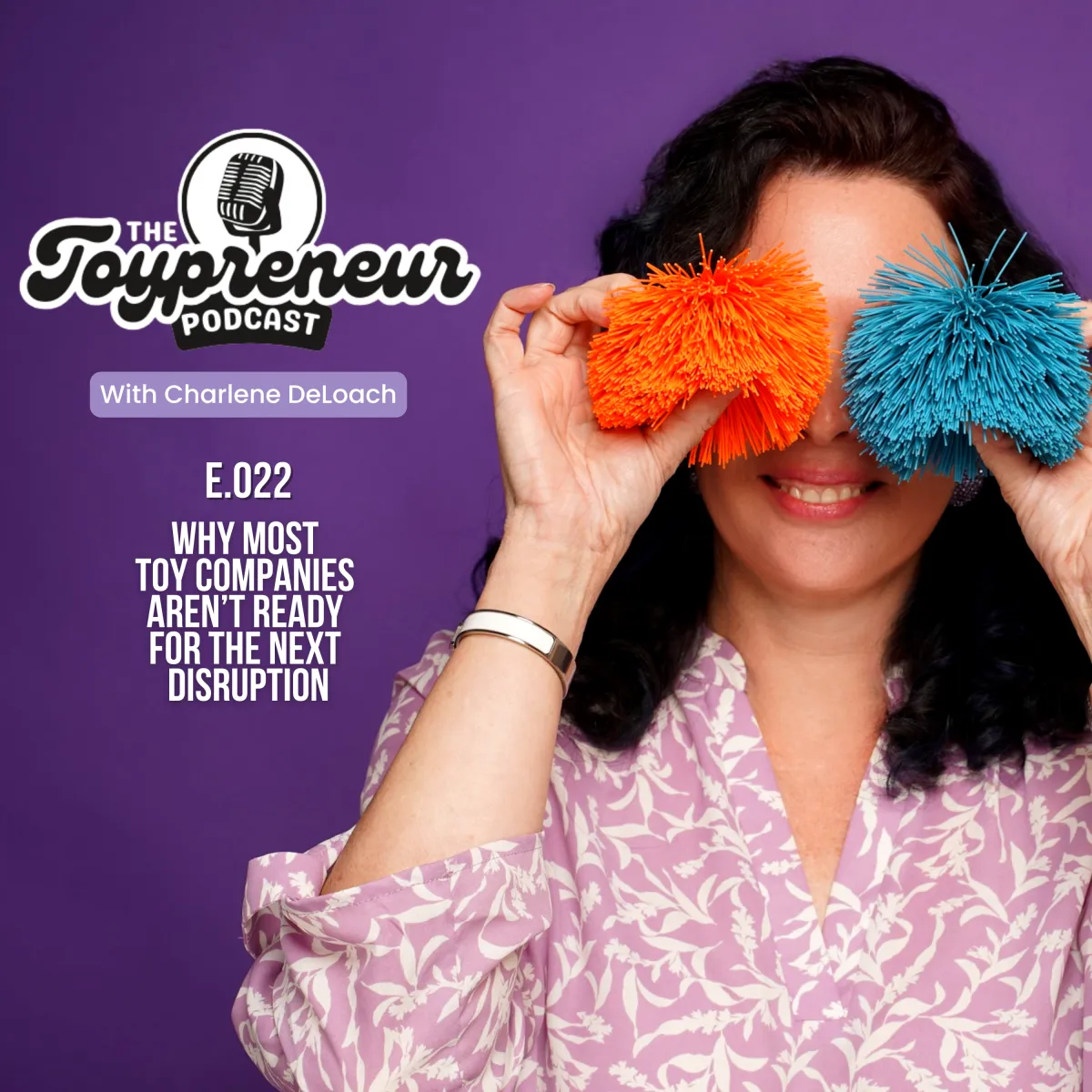
Episode 22 - Toy Business Disaster Planning: How to Survive the Next Crisis

Why the Toy Industry Keeps Getting Caught Off Guard
When tariffs hit, many toy companies acted blindsided. When TikTok faced a ban, toy brands panicked over losing their sales pipeline. When the pandemic disrupted shipping lanes, entire product lines stalled.
These weren’t random shocks. They were foreseeable risks that the industry chose not to prepare for.
Hospitals run simulations for outbreaks. Governments rehearse hurricane responses. Military units practice war games. Toy companies? They often hope for the best. And hope is not a strategy.
What Disaster Means in a Toy Business
Disaster for toy brands doesn’t always mean fire or flood. It can be:
A packaging supplier suddenly closing down.
TikTok or Instagram disappearing overnight.
A VA managing your digital files quitting without notice.
A holiday shipping backlog that halts deliveries.
Disaster planning asks: If this happened tomorrow, what would we do?
Lessons From Katrina and TikTok
I was struck by a documentary on the 20th anniversary of Hurricane Katrina. Officials had modeled precisely how the city would flood. They knew the levees were weak. They simply didn’t act.
The toy industry has its own ignored warnings. Concentrated overseas production was always risky. Overreliance on TikTok was never sustainable. Yet when crises arrived, most companies scrambled instead of executing a plan.
How to Run a Toy Business Disaster Simulation
Identify one weak point. Choose a sales channel, supplier, or key system.
Map failure. Imagine TikTok gone, or your supplier shut down tomorrow.
Document the response. Who acts first? What’s step one?
Test the plan. Run a mock drill, not just a thought exercise.
Even a summer intern can audit systems, flag risks, and suggest backups.
Preparedness as a Competitive Edge
Strong toy businesses aren’t the ones who recover best. They’re the ones who minimize damage because they prepared before disaster struck.
Toy business disaster planning gives companies resilience in an unpredictable world. Without it, the next disruption is not just possible — it’s inevitable.
